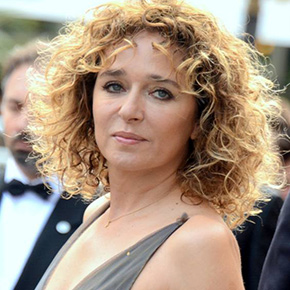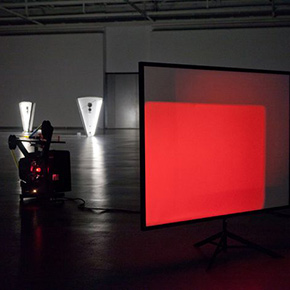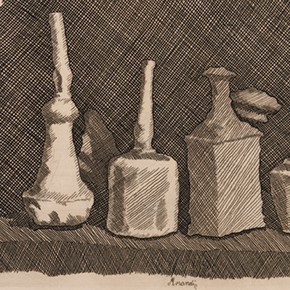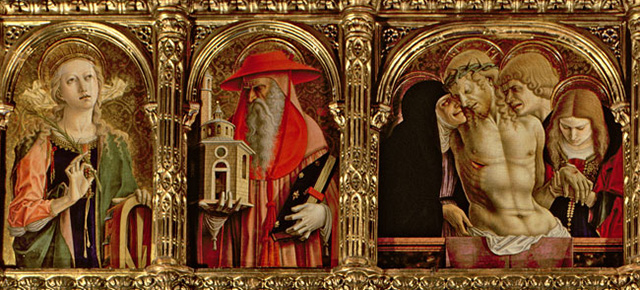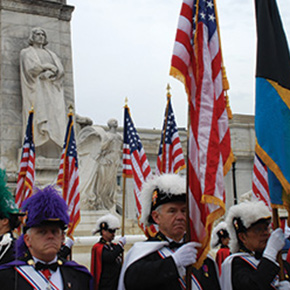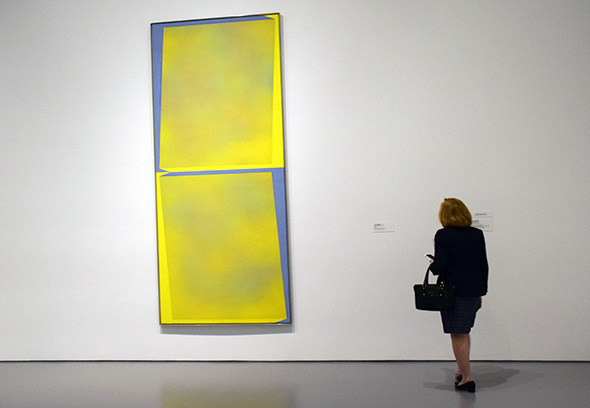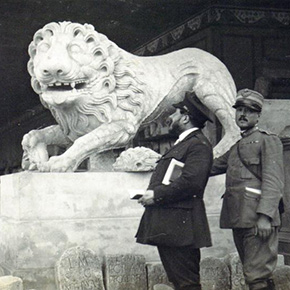Dear fellow Italians,
Today, June 2nd, 2015 we celebrate the 69th anniversary of the Founding of the Italian Republic. This is also the first time that our new Head of State, Sergio Mattarella, celebrates this special day. We recognize, in particular, the core values at the base of our unity: freedom, democracy, equality, and peaceful coexistence between Peoples. These are the shared values which bind us, in close friendship, with the Country which hosts us: the United States of America.
This year also marks the 100th anniversary of Italy’s entry into World War I: a dramatic conflict which we paid heavily for, but which also completed our national unity. A war which, above all, did not only involve Italians in Italy, but also the 115.000 Italians in America who left their adoptive Country to answer the call of their native land.

Amb. Claudio Bisogniero
The anniversary of the Founding of the Republic which we recognize today thus represents a solemn opportunity to celebrate the identity of Italians and Americans of Italian origin, and to strengthen the bonds which join us. It is also a time to underline our pride in our common roots and in the promotion of Italy’s cultural excellence – in its widest significance – throughout the United States.
Upholding our identity goes hand-in-hand with furthering the language of Dante. We are all steadfastly committed to this, and to the final goal of reinstituting Advanced Placement Italian via financial self-sufficiency. The goal is in sight. It is therefore right, and important, to make that final push to give the Italian language the room and role that it deserves in this country, where over 25 million citizens claim Italian ancestry.
Italy and the US also enjoy strong economic ties. The strengthening of these relations, on a European level too, is an objective to strive towards to overcome current circumstances and to create new opportunities for growth and more jobs. In other words: prosperity and wellbeing. Italy therefore supports TTIP, the free trade project, which would unleash important economic benefits for both the United States and European countries – starting with Italy.
EXPO Milan 2015 – the spectacular world fair that opened its doors last month – is equally important, both in terms of economic potential and as a spectacular showcase to raise global awareness on nutrition and sustainability. Milan – and, through it, Italy – is currently the world forum for a decisive debate for humankind, centered on food and health – two areas in which Italy has long excelled.
My friends, let me take this opportunity also to underline once more my sincere appreciation for you, Italians of America: for your support of, and collaboration with, the Embassy and the entire consular network. This determination to be actively involved was reflected once more in the recent elections for the renewal of Comites. The results showed the different aspects of our emigration – traditional and more recent – join hands. They will, I am sure, play a pivotal role in promoting the interests of our collectivities.
Thank you for your work, your commitment, your study, your research and your creativity, and for the example that you set – all hugely contributing factors to the extraordinary, growing prestige of Italy in the United States.
You are our reason for pride.
Viva la Repubblica Italiana, viva gli Stati Uniti, and viva the Italians of America!
Claudio Bisogniero
Ambassador of Italy to the United States of America


